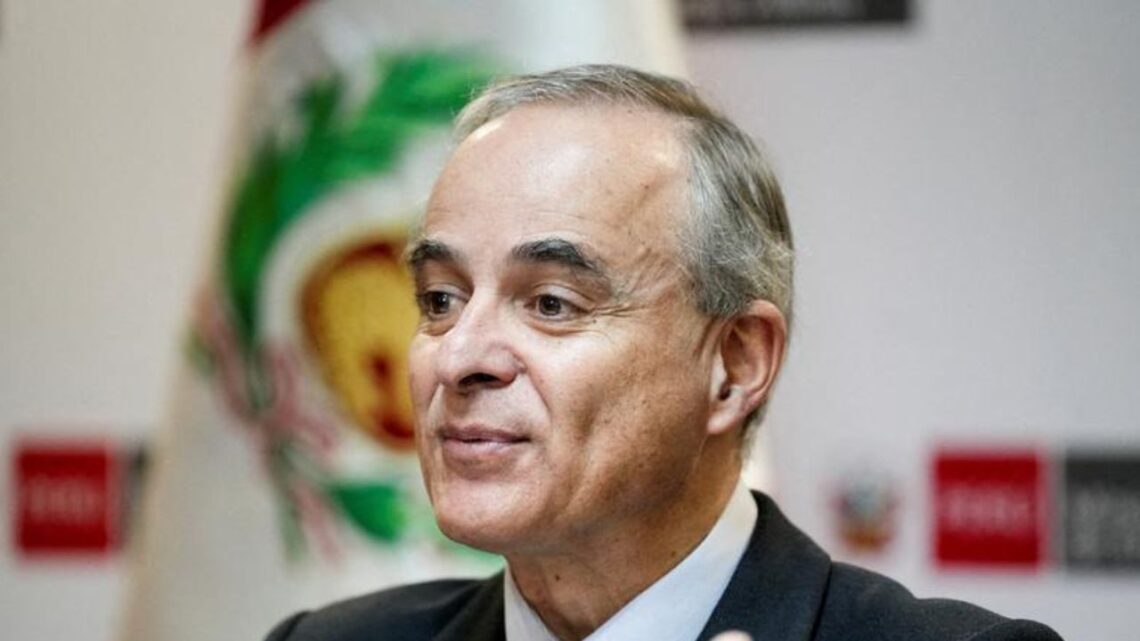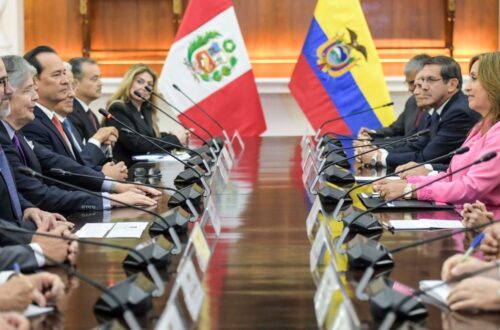Peru is now making big moves to bring in new investment in its mining and energy sectors. The government is talking with Saudi Arabia and U.S. oil company Chevron to work together.
These plans could change Peru’s future by helping it use more of its own resources. Let’s see what this means for mining, energy, and Peru’s economy.
Why This Push Matters
Peru is one of the world’s top producers of copper, but lately investment has slowed. Political uncertainty and conflicts have made people hesitate to put money in new projects. Now, the government wants fresh deals and partnerships to revitalize its mining and energy industries.
Saudi Arabia’s Interest in Peru
What Agreements Are Planned
- Peru’s Energy and Mines Minister, Jorge Luis Montero, said a memorandum of understanding (MoU) might be signed in November with Saudi Arabia.
- This MoU would focus on lithium and other strategic minerals—ones that are very important for modern technology and industry.
- Peru’s foreign minister and Montero plan to travel to Saudi Arabia to work out broader economic agreements.
Areas for Investment
Saudi Arabia is not just interested in minerals. It also wants to invest in energy, mining, and even in desalination plants (plants that convert seawater into fresh water). These could help mining in places where water is scarce.
Chevron & Peru’s Offshore Energy Plan
What Chevron Will Do
- Chevron is set to begin drilling next year in three offshore blocks (areas under the sea).
- Montero estimates production might reach 250,000–300,000 barrels per day or even more—if the reserves are confirmed.
- If those volumes come true, Peru might stop importing oil within three years and save around $5 billion each year.
Why This Shift Matters
Peru currently imports oil—meaning it buys from others. If it can produce enough itself, it becomes more independent and strengthens its economy.
Regional Cooperation with Ecuador
Key Agreement Details
Peru is also making a deal with its neighbor Ecuador. The agreement will let Ecuadorian crude oil be transported via Peru’s Norperuano pipeline to Peru’s Talara refinery.
Petroperu (Peru’s state-owned oil company) and Petroecuador will sign this deal soon.
Benefits for Peru
- The Talara refinery will stay busy 24/7, boosting its operations.
- Petroperu, which has had financial problems, gets a stable supply of crude to process, helping it economically.
Summary Of Key Plans
| Partner / Entity | What They Want to Do | Expected Benefit for Peru |
|---|---|---|
| Saudi Arabia | Sign MoU on lithium & minerals; invest in energy & water | New investment, better technology, water support |
| Chevron | Drill offshore for oil production | Reduce imports, boost energy production |
| Ecuador / Petroecuador | Use pipeline to send oil to Peru’s Talara refinery | Keep refinery working, improve energy supply |
What Challenges Might Arise?
- Confirming reserves: Chevron’s projected oil depends on actual reserves under the seabed.
- Social conflicts: Locals may oppose mining or drilling if their environment or livelihoods are affected.
- Infrastructure needs: Desalination plants, pipelines, and ports all need money and planning.
- Political stability: Investors want a predictable legal and political climate.
Peru is making bold efforts to bring in Saudi Arabia and Chevron as partners in its mining and energy revival. These alliances could unlock new resources like lithium, increase oil production, and end the country’s dependence on imports.
Cooperation with Ecuador adds strength to the plan by feeding oil into Peru’s processing systems. But success will depend on confirming reserves, managing social issues, and building infrastructure. If Peru pulls this off, the gains could be huge—for jobs, money, and energy security.









